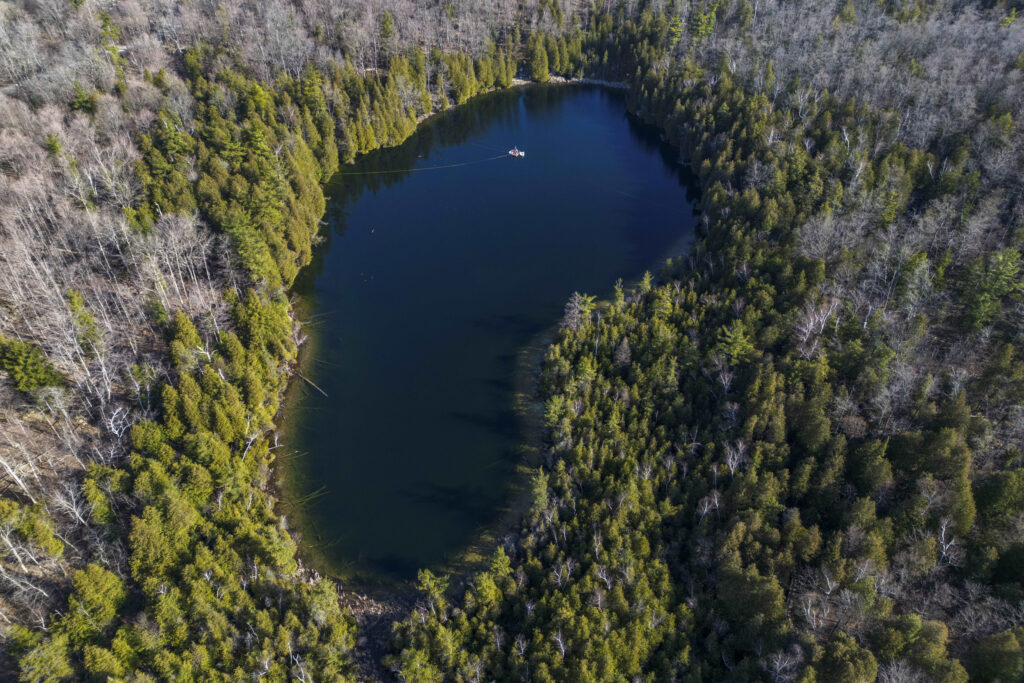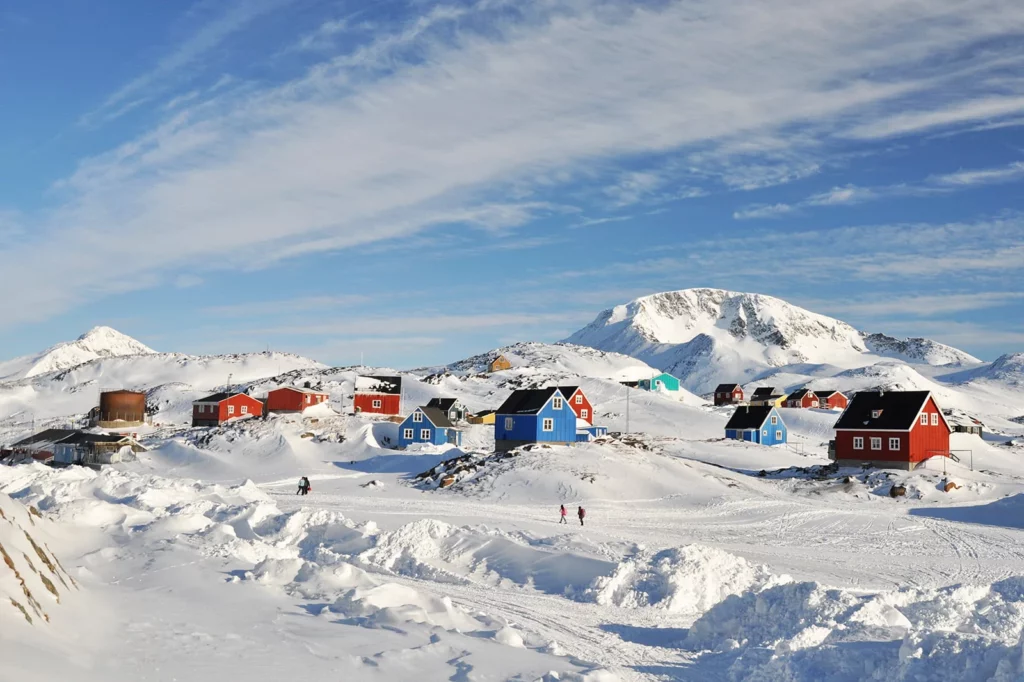H/t NoTricksZone we learn of a new paper in, of all places, Nature magazine, which shows that the mid-Holocene warm period 6,000 to 9,000 years ago, which the IPCC is trying hard to wipe out as it thinks it did the Medieval Warm Period, shows up vividly in both the Greenland ice cap and sedimentary layers under Lake Chala in the tropics on the border between Kenya and Tanzania. Hmmm, both the far north and the middle of the tropics. Might we suggest this was a global warm period?
The study was done by some scientists interested in the long-term correlation between temperature and precipitation, which they were researching for the noble purpose of being able to say something about how agriculture in the region might be affected if the place gets warmer this century. But what caught our attention was their Figure 4 which shows their temperature reconstruction and lines it up against, among other things, a temperature reconstruction from Greenland and a reconstruction of past CO2 levels.

(Figure adapted from Baxter et al. 2023)
The top panel shows the Greenland ice sheet temperature from a 2011 study, the bottom panel a CO2 reconstruction from a 2014 study (using an Antarctic ice core), and the middle purple line is the temperature reconstruction from the Lake Challa area. The Figure is plotted “backwards” in that the present is at the left and as you read to the right you go back in time, and the horizontal axis is in thousands of years.
Looking at the top line most of it shows the cold conditions of the last ice age, then temperatures suddenly soared, then crashed during the Younger Dryas event, then soared again and peaked about 9,000 years ago. They dropped after that and then the record ends about 5,000 years ago.
The purple line shows roughly the same pattern except there wasn’t much of a Younger Dryas event at Lake Chala (the leftmost gray shaded band). But you can clearly see the run up in temperatures to about 5,000 years ago followed by a drop, then a partial recovery up to the present.
Finally the line at the bottom shows little connection between CO2 and the temperature lines. From about 18,000 to 15,000 years ago CO2 soared while Lake Chala temperature fell. From 10,000 years ago to 4,000 years ago CO2 fell then rose, while temperatures rose then fell. There are other intervals in the past like that too, for instance from 65,000 to 55,000 years ago CO2 rose then fell, while temperature fell then rose.
The authors don’t talk about these issues, since their focus is the link between temperature and precipitation. But they do acknowledge not only that their results show it used to be warmer in the tropics, but that others have found the same thing, taking note at one point of “glacial temperatures up to 3.2 °C cooler than today and peak mid-Holocene temperature 1.6 °C warmer than today, consistent with compilations from the global tropics.”
Hottest year ever, except for all the times in the past when it was even warmer.



Even when there is correlation between rising CO2 levels and rising temperatures,that does not mean causation.All through geological time,CO2 levels and temps hardly ever move in lockstep.As Prof. Ian Plimer and many other scientists have said,there is no evidence that Carbon Dioxide causes
climate change.There are just too many other complicated factors to make that claim.